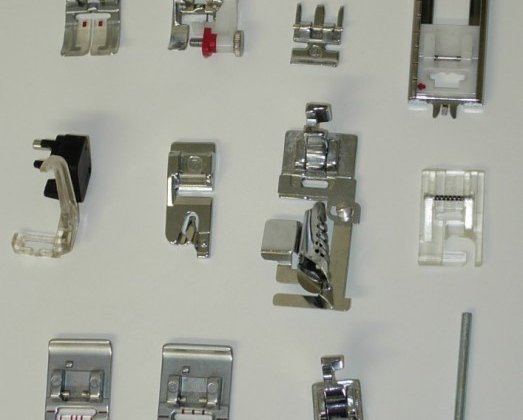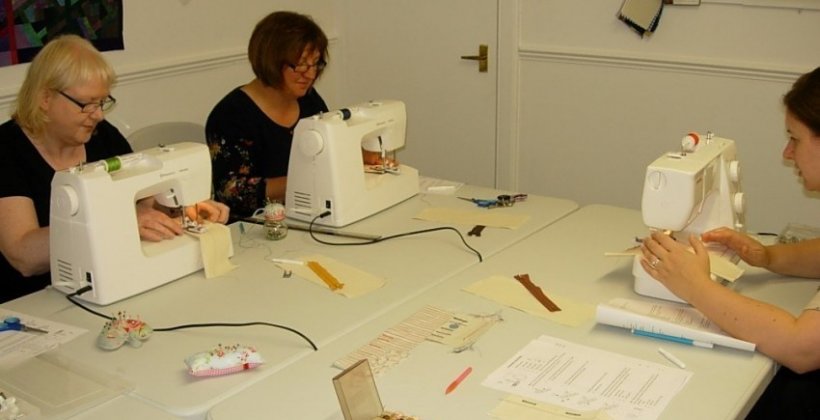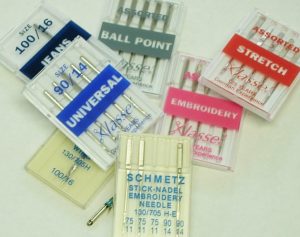How to choose Sewing Thread
Another year almost gone and I’ve just got time to squeeze in a final blog post. Possibly the subject I’ve been asked about most this year is How to choose the correct machine sewing thread?
My schedule of Autumn-Winter sewing classes is here, covering October and November. These include some more of my popular ‘Essential Skills’ classes, now re-named ‘Beginners’ Sewing Skills’. This covers basic sewing tasks like sewing straight seams and how to finish off the raw edges, taking up hems, making neat machined buttonholes, and inserting zips.

Sewing machine presser feet are specialised for every sewing task and are designed to make your sewing easier. If you don’t use the best foot for the job, then you’re making your life more difficult that it needs to be. When you got your new sewing machine home, did you eagerly unpack it and start sewing, wondering what the bag full of strange little metal and plastic thingies were for? Well these are your sewing machine presser feet. And have you got them out and used any of them since? Or have you struggled on, wondering why the fabric was pulling and puckering?
This sewing class shows a generation hop. Here we have 14 year-old Sophie and her Gran (14 years plus), learning to make a fold-up tote shopping bag. This was Sophie’s first ever sewing project and she thoroughly enjoyed it. Sewing is an activity that can be undertaken by everyone, and truly spans the generations, as evidenced in this photo.



Sewing machine needles come in an assortment of types and sizes. Using the correct needle is important to achieve a successful outcome to your sewing project. The wrong size or type of needle can cause breakages of either needles or thread. Uneven or skipped stitches, and snags or holes in the fabric are also symptoms of the wrong needle. You should choose your needle firstly according to the purpose/project, the fibre-type and fabric construction, then the fabric weight.
I had a client in for a one-to-one tutorial this week who was having trouble altering her T-shirts. She was quite short in the body and needed to take up most of her tops or they were more like mini-dresses. She’d bought a new sewing machine last year, and came to me for help convinced that the tension was wrong. The top she had recently altered had several breaks in the sewing of the hem and there were lots of skipped stitches.